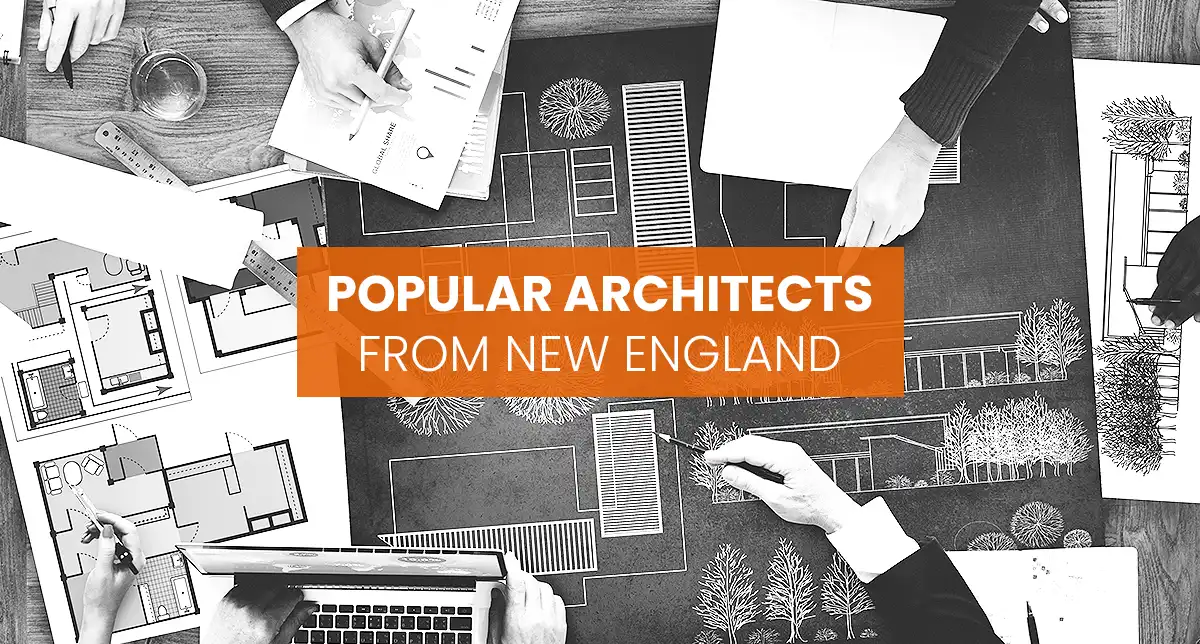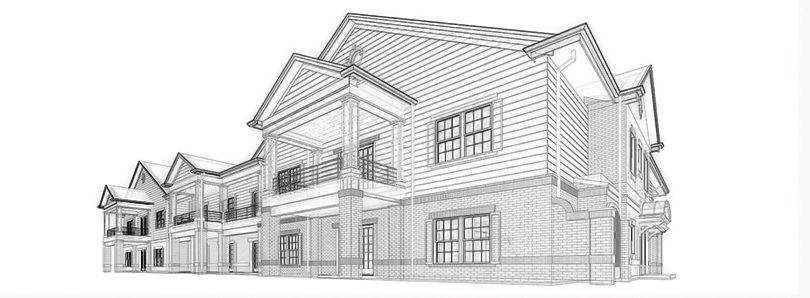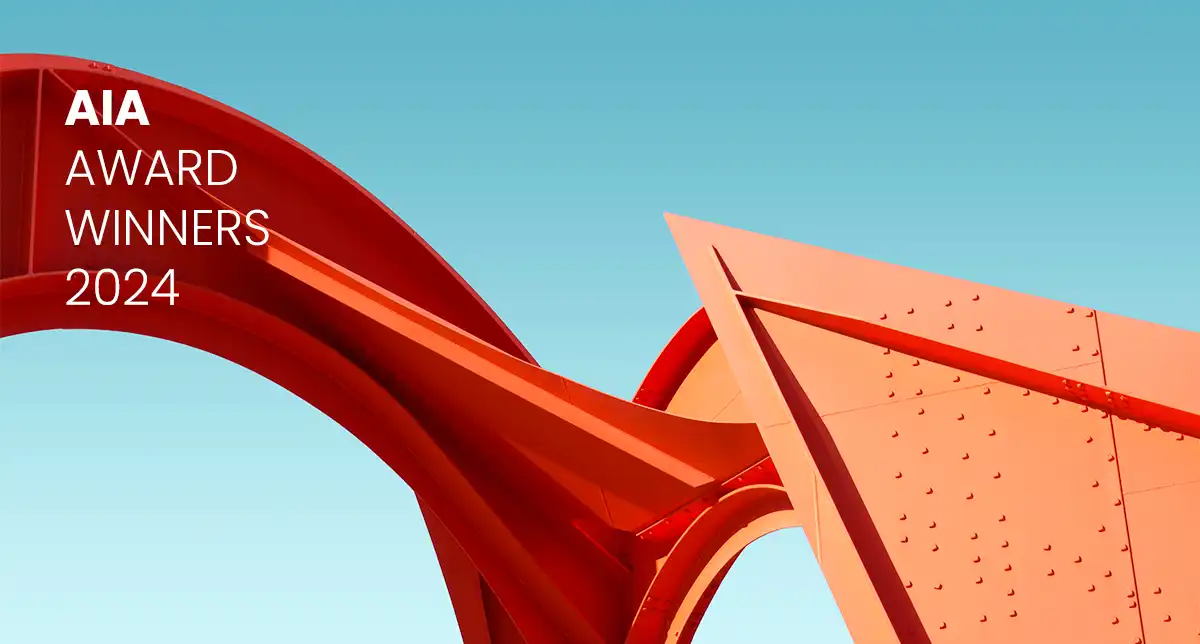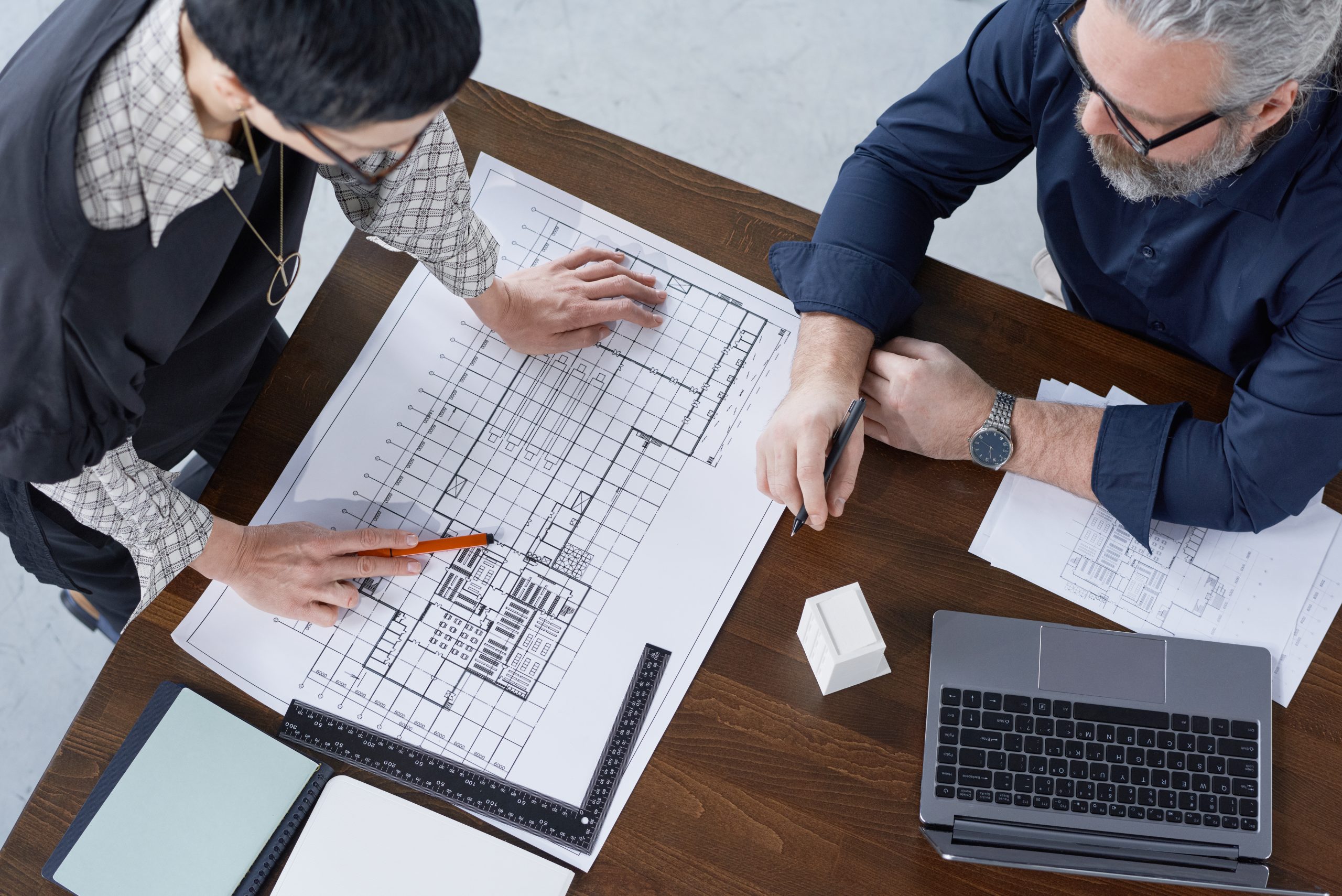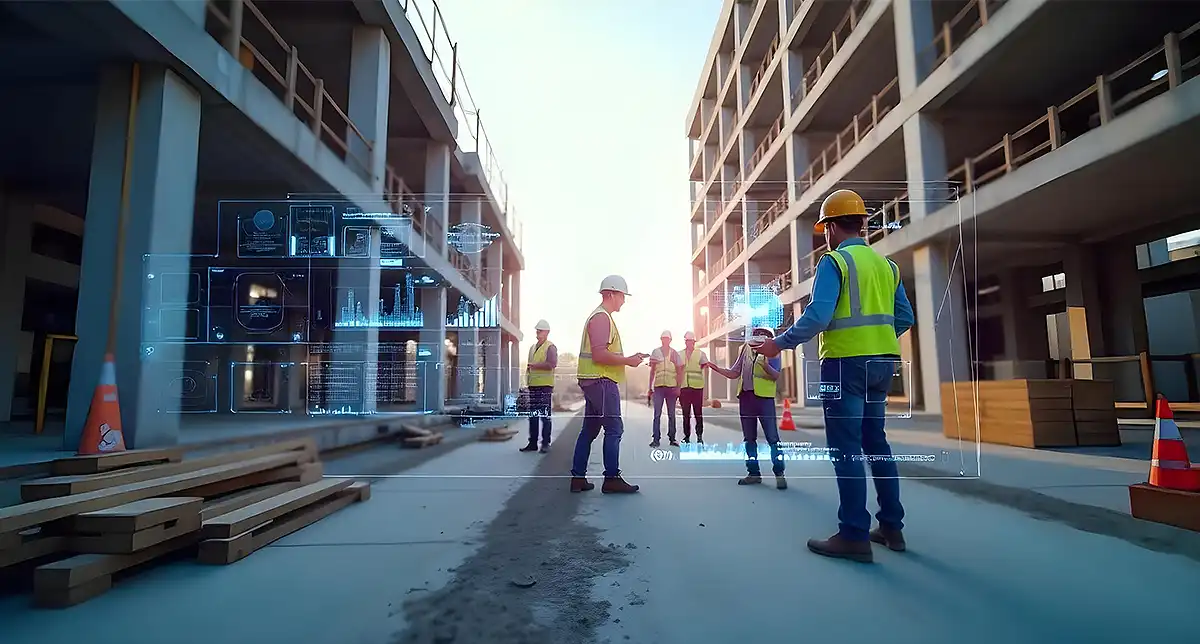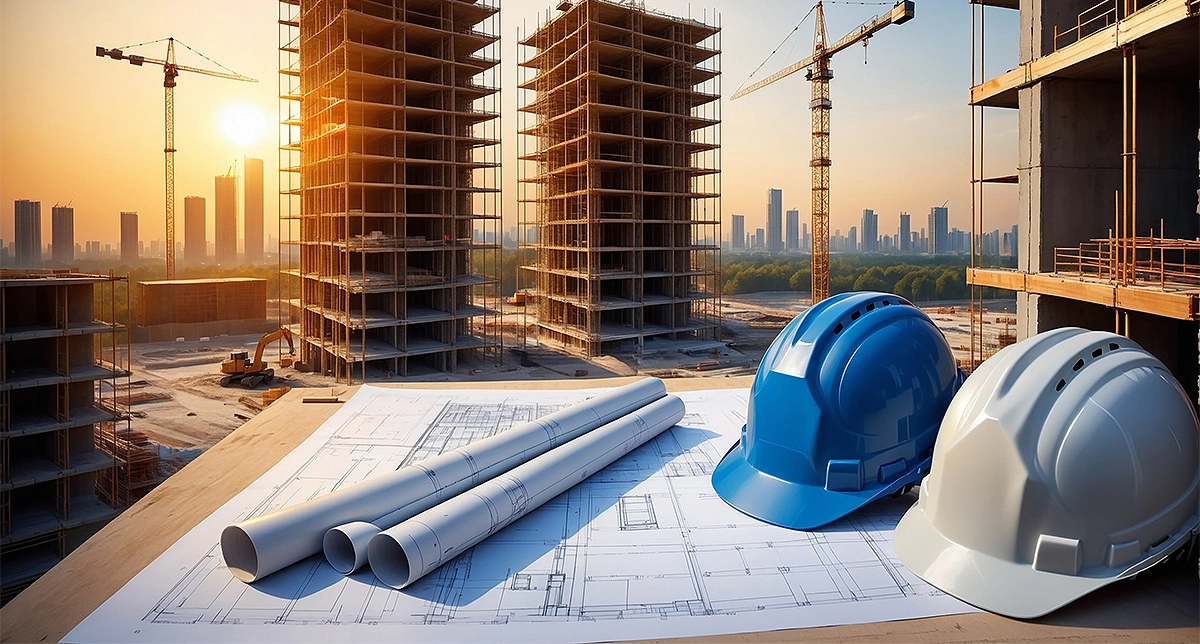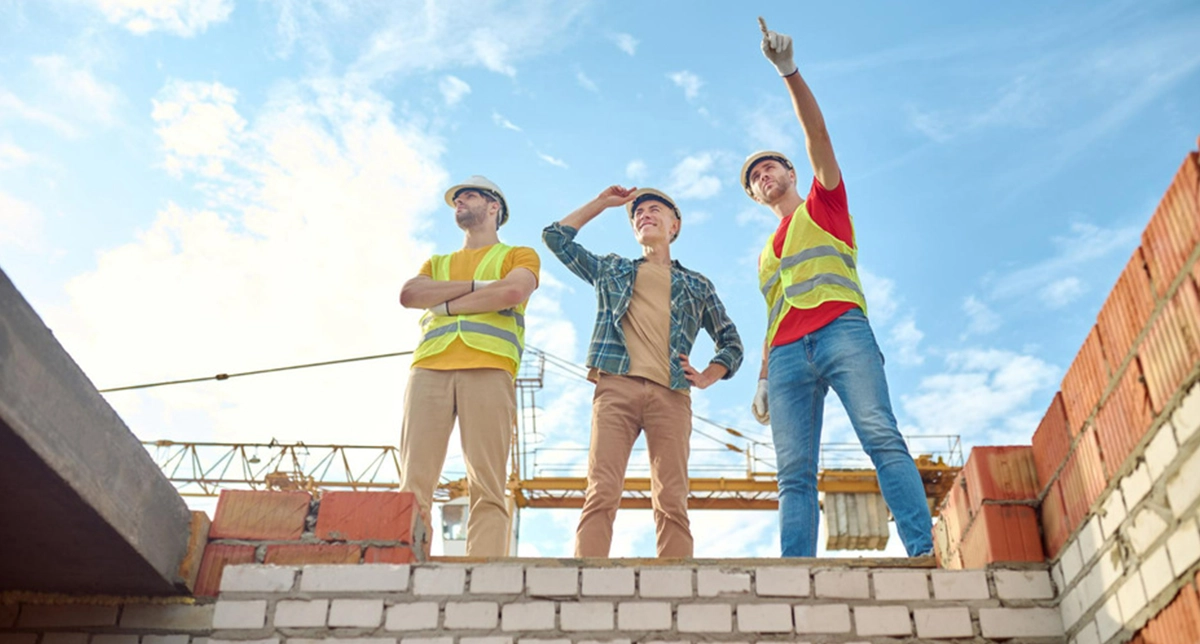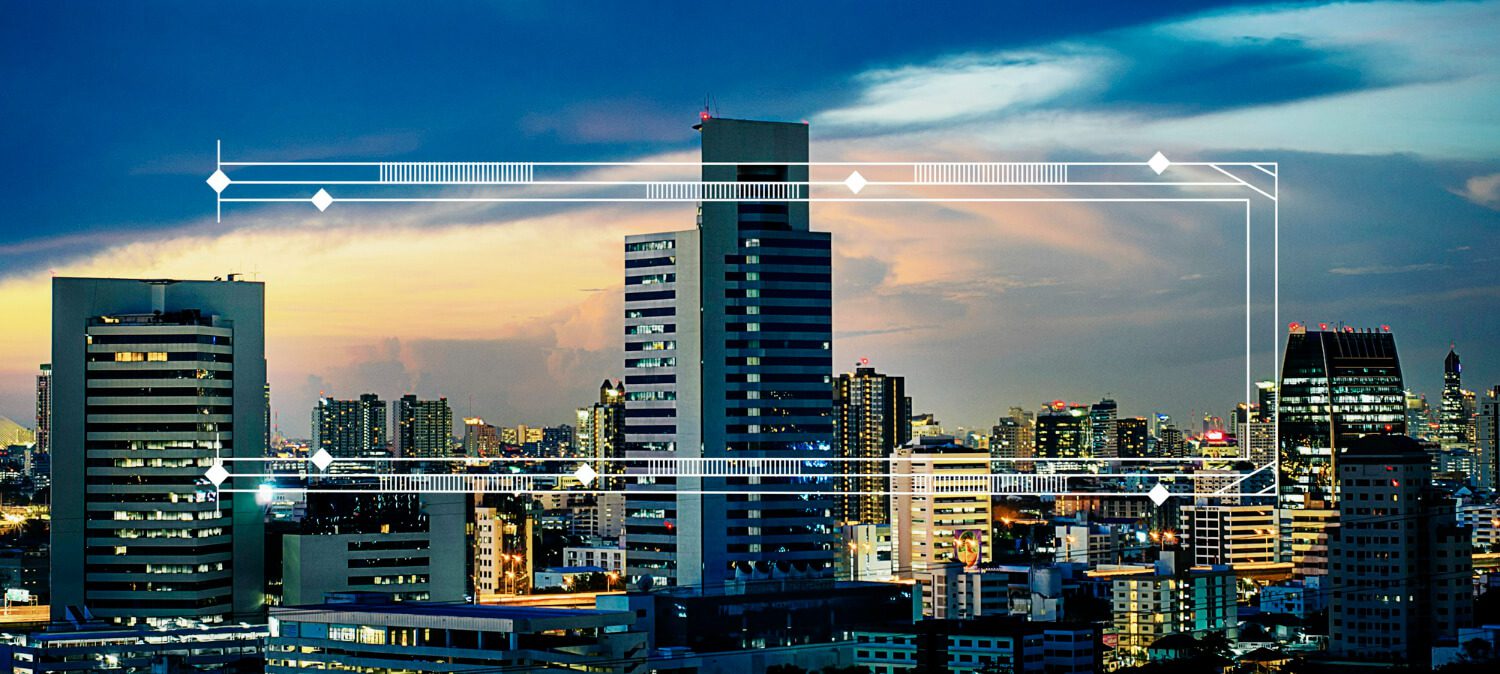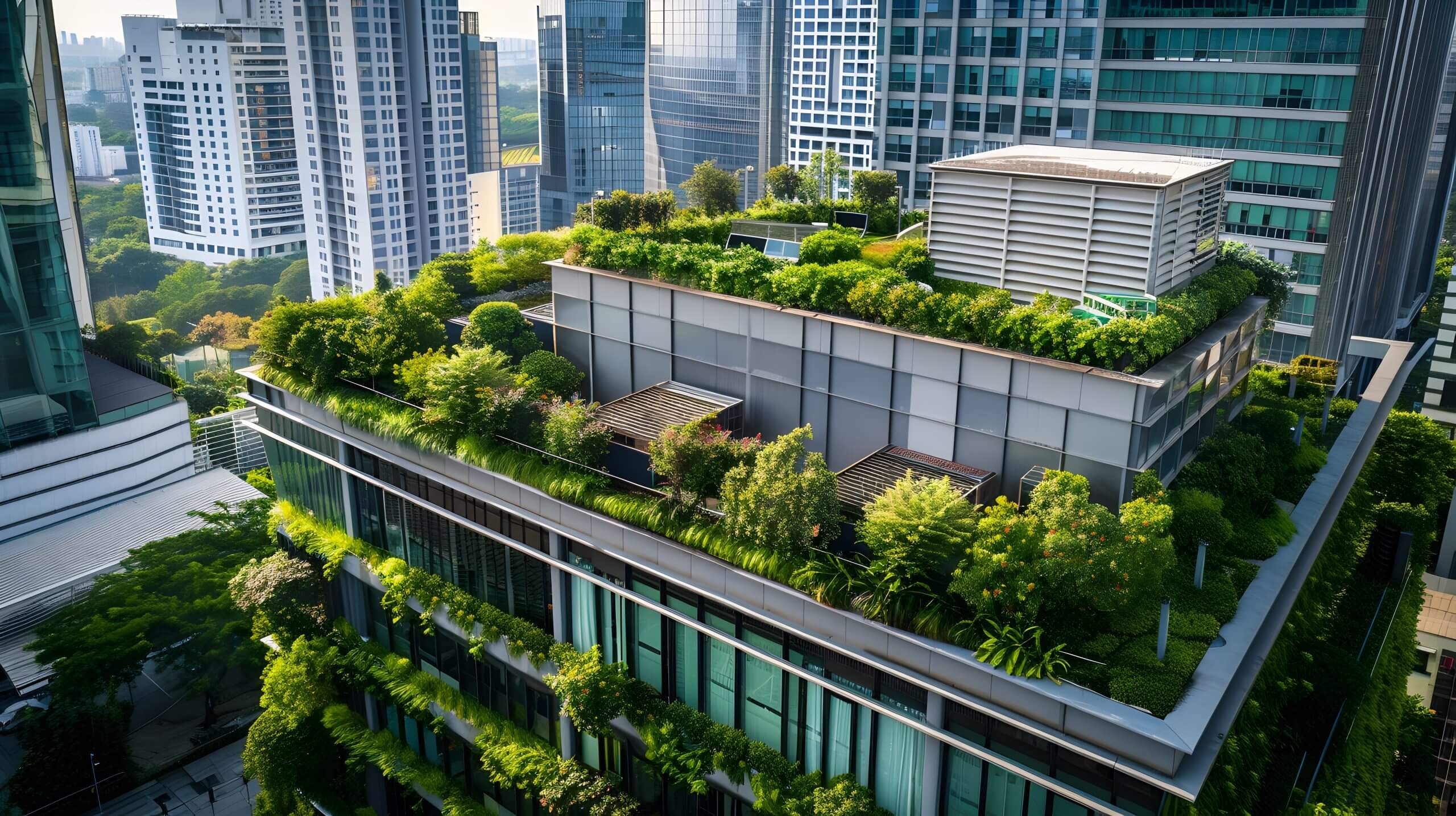The architecture and engineering (AE) industry has long been focused on creating functional and aesthetically pleasing spaces. However, a growing awareness of the impact of the built environment on human health and well-being is prompting a shift towards a more holistic approach to design.
At R+D, we believe that architecture and engineering have the power to not only shape our physical surroundings but also to positively influence our mental and emotional states. We’re committed to incorporating wellness principles into every project, creating spaces that nurture and support the health and well-being of those who occupy them.
Why Wellness Matters in the AE Industry:
The link between our built environment and our well-being is undeniable. It’s not just about aesthetics or functionality; it’s about creating spaces that promote a sense of balance, inspire creativity, and enhance overall health.
Improved Productivity and Performance: Healthy and comfortable spaces foster a sense of well-being, leading to increased productivity, creativity, and overall job satisfaction. Studies show that employees in well-designed spaces experience reduced stress, improved concentration, and higher levels of engagement.
Reduced Stress and Anxiety: Thoughtful design elements like natural light, biophilic features, and comfortable workspaces can create a calming and stress-reducing environment, promoting mental well-being. A sense of connection to nature, access to fresh air, and ergonomic furniture can all contribute to a more relaxed and balanced state of mind.
Enhanced Employee Retention: Investing in wellness initiatives can attract and retain top talent, creating a more positive and supportive work environment. Employees who feel valued and cared for are more likely to stay with a company, contributing to a stable and productive workforce.
Sustainable Practices: Wellness design often aligns with sustainable practices, such as energy efficiency, water conservation, and the use of healthy materials, contributing to a healthier planet. By incorporating green building principles, we can create spaces that are not only good for people but also good for the environment.
How We Integrate Wellness into Our Designs:
At R+D, we’re committed to incorporating wellness principles into every project, ensuring that each space we create contributes to the health and well-being of its occupants.
Biophilic Design: We incorporate elements of nature into our designs, such as natural light, greenery, and views of the outdoors, to create a sense of connection with the natural world and promote a sense of calm and well-being. This includes using natural materials like wood, stone, and bamboo, and incorporating plants and water features to create a more organic and inviting atmosphere.
Ergonomics and Comfort: By prioritizing ergonomics and comfort in our designs, ensuring that furniture, workspaces, and lighting are optimized for health and productivity. This means choosing chairs that provide proper support, designing workspaces with adequate lighting and ventilation, and creating spaces that allow for movement and flexibility throughout the day.
Air Quality and Ventilation: Keeping indoor air quality by incorporating natural ventilation, air filtration systems, and the use of low-VOC materials, creating a healthier and more breathable environment. Poor indoor air quality can contribute to headaches, fatigue, and respiratory problems, so we prioritize creating spaces that promote healthy breathing.
Accessibility and Inclusivity: We strive to create spaces that are accessible and inclusive to people of all abilities, ensuring that everyone can enjoy the benefits of a healthy and comfortable environment. This includes incorporating ramps, elevators, other accessibility features, as well as designing spaces that are welcoming and comfortable for people with diverse needs.
Movement and Activity: By encouraging movement and activity by incorporating features like staircases, walking paths, and outdoor spaces, promoting physical health and well-being. Encouraging movement throughout the day can help to combat sedentary lifestyles, improve circulation, and boost mood.
Examples of Wellness Design in Action:
Office Spaces: Our designs for office spaces prioritize natural light, biophilic elements, comfortable and adaptable furnishings, all aimed at fostering productivity, creativity, and overall well-being. This might include incorporating green walls, breakout areas with comfortable seating, and access to outdoor spaces where employees can take a break and recharge.
Healthcare Facilities: We create healthcare environments that prioritize patient comfort, reduce stress, and promote healing, incorporating calming colors, natural light, and quiet spaces for reflection. This might include using soothing colors, providing access to nature views, and creating quiet zones for patients to relax and recover.
Educational Facilities: By designing schools and universities that foster learning and well-being, incorporating natural light, biophilic features, and flexible learning spaces altogether create a stimulating and supportive learning environment. This might include incorporating outdoor classrooms, creating spaces for collaborative learning, and incorporating natural light to improve focus and concentration.
The Future of Wellness in the AE Industry:
As the understanding of the impact of the built environment on human health continues to evolve, we can expect to see even more innovative and impactful wellness design solutions in the future. We’re committed to staying at the forefront of this movement, continuously exploring new ways to create spaces that nurture and support the health and well-being of all.
Key Trends to Watch
Data-Driven Design: The use of data and technology to create personalized and adaptive spaces that respond to individual needs and preferences.
Smart Buildings: The integration of smart technology to optimize building performance and create a more responsive and efficient environment.
Biomimicry: The use of nature as a model for design, drawing inspiration from natural systems to create more sustainable and resilient buildings.
Circular Economy: The adoption of circular economy principles to minimize waste, reduce environmental impact, and create more sustainable and resilient buildings.
Conclusion
Wellness in the AE industry is not just a trend; it’s a fundamental shift in how we approach design. By prioritizing health and well-being, we can create spaces that are not only functional and aesthetically pleasing but also support the overall health and happiness of those who occupy them.
At R+D, we believe that architecture and engineering have the power to make a positive difference in the world, and we’re committed to using our expertise to create spaces that promote a healthier and more sustainable future.





